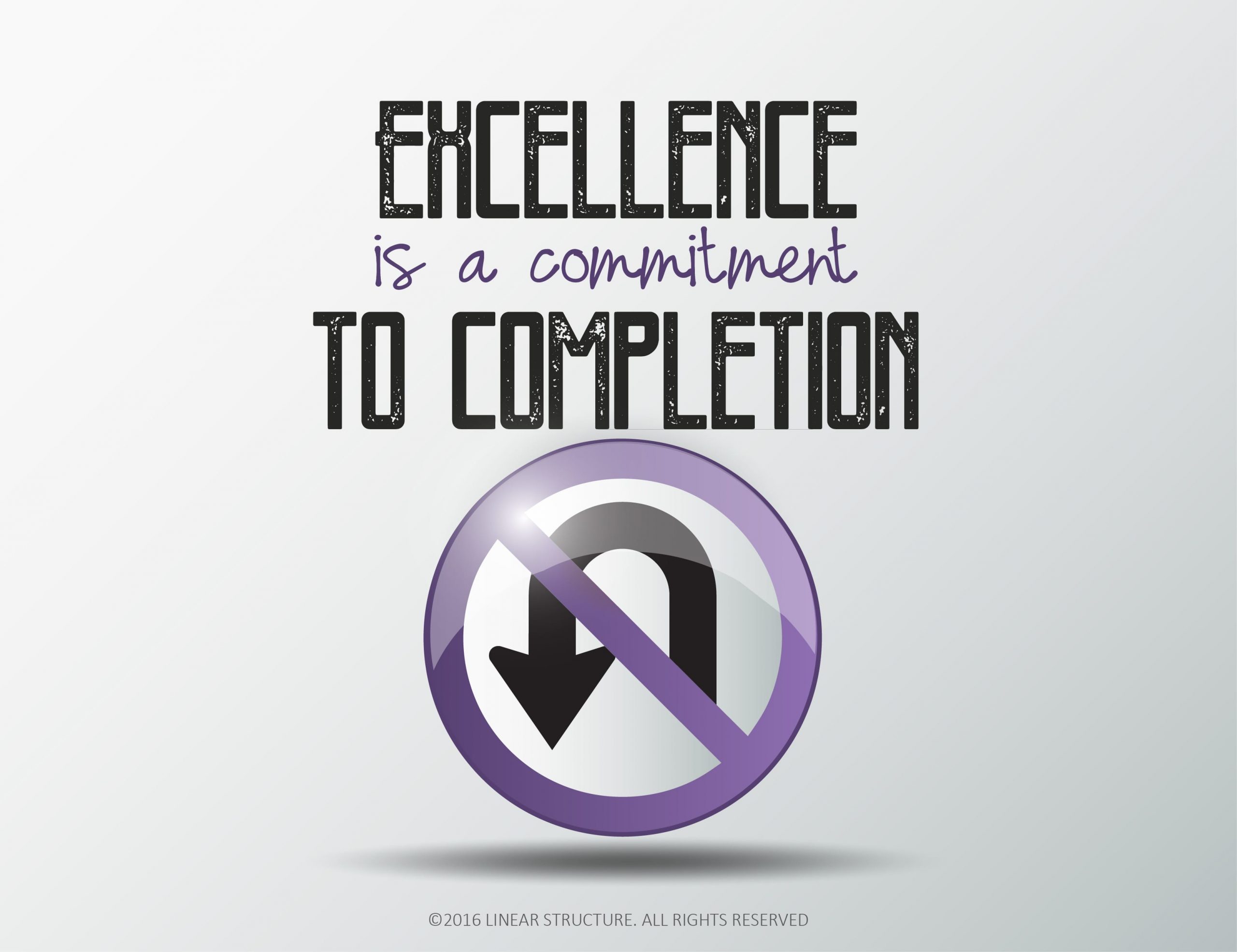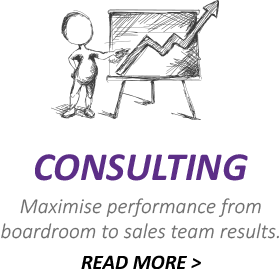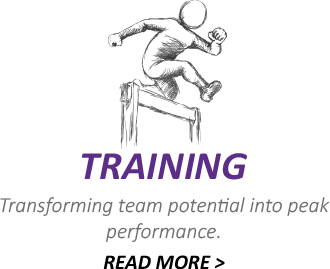How many of us have at one time made an assumption about a person, company or situation that proved completely incorrect?
All of us if we are perfectly honest have fallen into this trap at one time or another but…why? Well, do we make assumptions about people we meet in a nano-second? Yes, absolutely we can’t help it even if it’s on a sub-conscience level.
However when it comes to understanding a client’s needs and concerns, communication can be tricky and complex especially when you think you have it all clear and sorted.
Some old clichés come back to haunt us when we realise later we didn’t get the right end of the stick! – “Assuming makes an ass of you and me”, and “the devil is in the details” come to mind.
One vital aspect I often see missing in communication with clients and colleagues is the habit of confirming back what ‘You Think’ you have just heard them say to ensure you have it right.
Particularly during a meeting when a client mentions an issue they are facing is it essential for us to investigate thoroughly. We need to drill down and find the real reason or cause for the problem and get all the background details to fully understand their situation.
However, the problem is we often fail to confirm back with a question to make sure we have it right…we assume we have got it!
Why is it important to ask these confirming questions? Well there are two main reasons:
- You are ensuring that you have clearly understood the issue and background details, plus if you have misunderstood or the client has overlooked any important points it gives both of you an opportunity to correct it.
- Secondly, and maybe even more significant is the level of trust that is built between you and your client during this process. When they see you have a) taken the time to fully understand their personal situation and b) have correctly summarised the key issues effectively, trust and confidence are seriously enhanced.
The reality in today’s world is that people are seldom really listened to so by showing this genuine personal interest you differentiate yourself as a person worth dealing with.
So often we are focused on demonstrating our capability that as soon as we hear our prospective client mention an issue they are facing we dive in with solutions, references and examples before we have fully investigated and confirmed back to ensure we are on the same page.
My challenge for you this week is to improve this one aspect of your communication. Focus on ‘Staying in the moment’, by that I mean really focus on what your client is saying. Rather than thinking ahead as they’re speaking about what you want to say next.
Ultimately, their last comments will give you the next step to move the conversation forward successfully and keep you right on point!
Committed to Your Sales Success!
Peter

 hello
hello hello
hello hello
hello hello
hello hello
hello hello
hello hello
hello hello
hello hello
hello hello
hello

